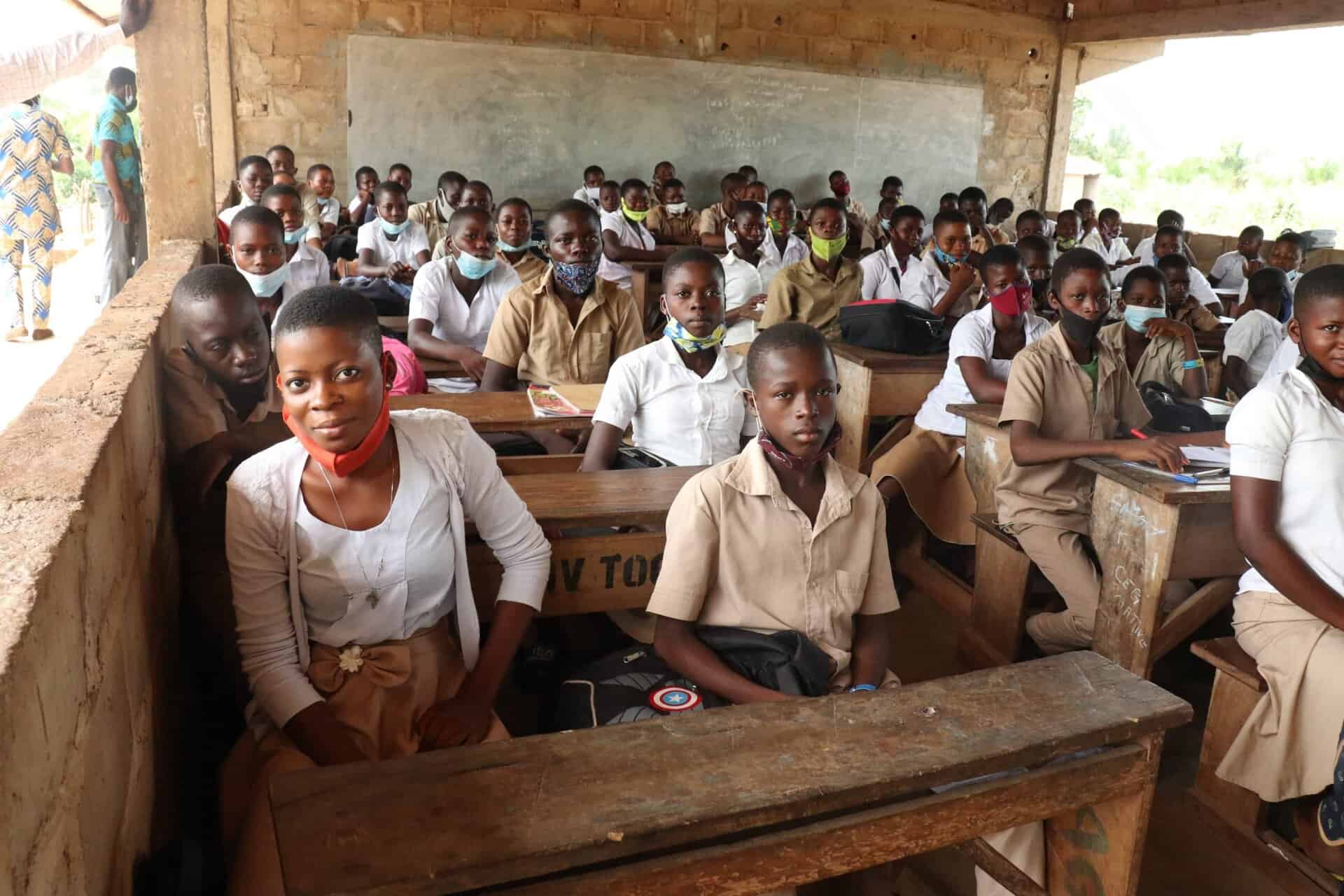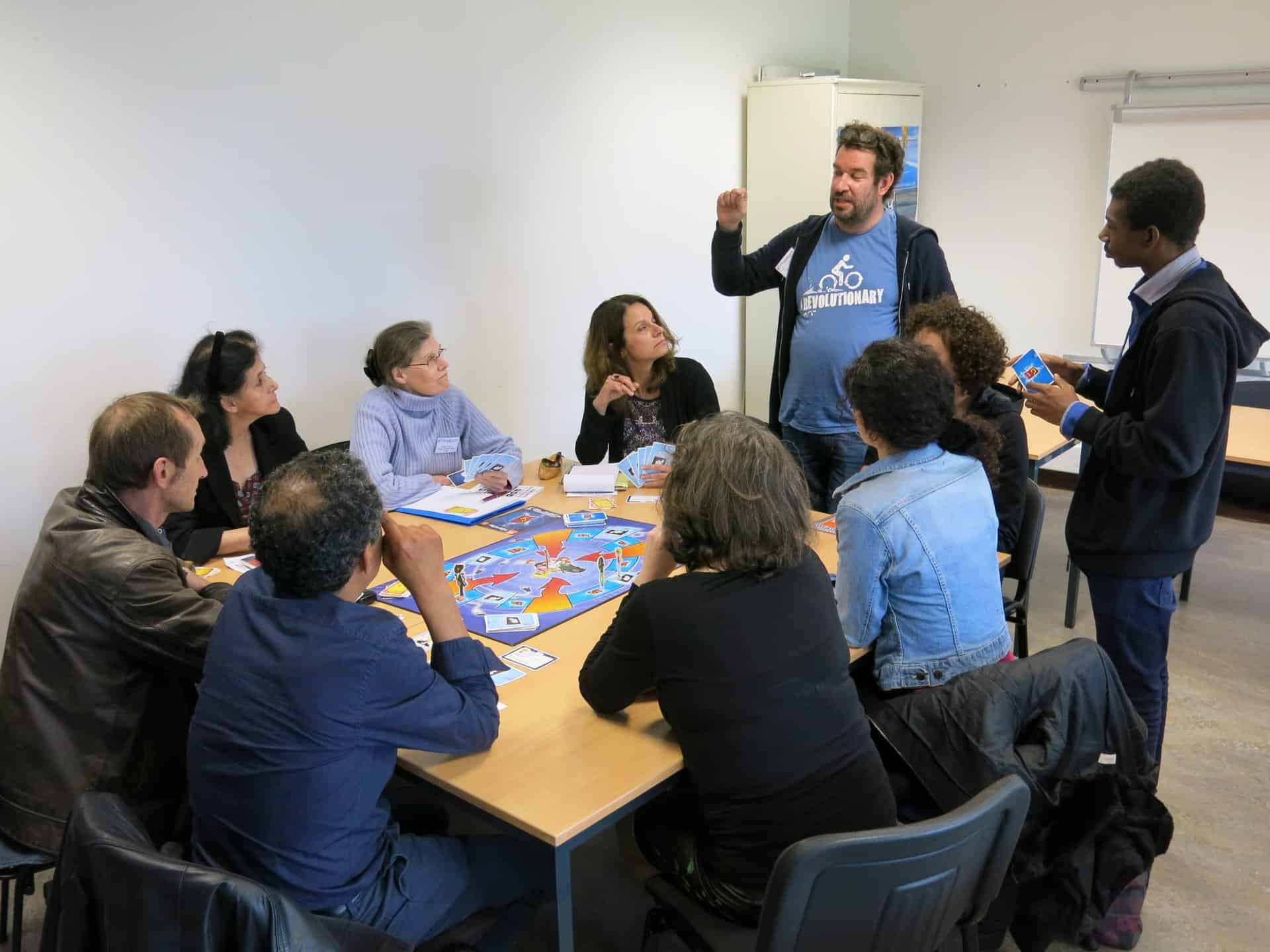Photo credit: Christine Redmond
Whether political, economic, health-related, natural disaster or conflict-related, crises systematically exacerbate the hardships and inequalities normally faced by girls in any country. And the pandemic of VIDOC-19 in the year 2020 will be no exception.
Coincidentally, 2020 should have been a year of celebration for girls. It is the 25th anniversary of the Beijing Declaration and Platform for Action, the most progressive roadmap for gender equality to date. In 1995, With as many as 17,000 participants and 30,000 activists, the Beijing Conference ended with a vision - a world where every woman and girl can exercise her freedoms and choices, and know and understand all her rights - and an agreement among 189 states to achieve gender equality and empower girls everywhere. The ambition was no small one, as it involved guaranteeing the right to education for all, eradicating illiteracy, improving access to training, science and technology and lifelong learning, allocating sufficient resources and eliminating all gender discrimination... But ft is clear that 25 years later, and despite renewed commitments when the Sustainable Development Goals were adopted in 2015, the situation of young girls, even if it has improvedThe situation has not improved: 130 million girls are still excluded from education worldwide, 1 in 4 girls aged 15-19 are not employed or in training, 13 million girls aged 15-19 have been abused in their lives, 1 in 3 girls aged 15-19 is still being circumcised in more than 30 countries.
Gender equality far from being achieved
But the VCT-19 pandemic in 2020 will undoubtedly have reinforced pre-existing gender inequalities that disproportionately affect the lives of young girls on a daily basis. At the worst point in the crisis in April 2020, more than 1.6 billion students were out of school, including more than 760 million girls. They, who in most cases already faced countless challenges in getting to and staying in school (numerous household chores or sibling care, school fees deemed "too" high for girls, distance from schools, etc.) will have been deprived of any access to education as a result of the confinement measures. In more than 4 out of 10 low- and middle-income countries, no measures have been taken to support children. Girls have been the first victims. Even where courses have been provided via the internet or mobile application, girls have been the last to benefit, as few can access digital resources for fear of bad influences from parents.
Many of them have stopped reading, learning and working for more than six months. For months now, they have also been subjected to more violence: physical aggression, harassment, rape, sexual exploitation.... The United Nations estimates that there will be 2 million more women mutilated in the next decade and that the pandemic will clearly halt the decade-long effort to combat female genital mutilation.
Inequality and discrimination exacerbated by COVID-19
There is therefore a great risk that these girls will not return to school. UNESCO estimates that 11 million of them will not return to school: faced with the economic crisis, parents will be more reluctant to pay school fees, uniforms or even materials for girls, they will be put to work, or asked to carry out even more household tasks for the family's well-being. Finally, it is likely that some will have been forcibly married off to be "one less mouth to feed". According to World Vision, 4 million girls will be married in the next year as a result of COVID-19. Others will not return to school because of early pregnancies. In sub-Saharan Africa alone, more than 1 million girls have become pregnant during the pandemic. They are unlikely to return to school, as pregnant or parenting girls are rarely accepted or tolerated in schools.
Urgent need to ensure that girls' rights are respected
Faced with such a situation, what can be done? Enable young girls to return to school as soon as possible and create the conditions for universal schooling for girls. The answer is simple, but not so easy to put in place, since decades after the beginning of the struggle, millions of girls are still excluded from education. But at a time when the reconstruction of the economic system is neededAt a time when the creation of a more just and resilient world is called for, it is an international emergency to ensure that no girl is excluded and vulnerable because of her gender alone. Educating young girls is not only about enabling them to build themselves up and choose a profession, to contribute economically to the life of the home and society, it is also about guaranteeing them access to better nutrition, health services and child protection programmes. It also means enabling them to become real agents of change, to fight themselves against the discrimination and stigma that have been imposed on them for thousands of years. In short, it is to enable them to ensure that their full rights as human beings are respected.
Creating the conditions for universal enrolment of girls
In the coming months and until the end of the pandemic, it is imperative to ensure continuity of education for girls, by all means (radio, TV, newspaper.....) to ensure that they all have access. It is also necessary for the international community to ask all countries to remove the obstacles, laws and practices that still prevent married or pregnant girls from returning to school. Public events should be organised to raise awareness of the importance of girls' education and facilitate their return to school.
In the long term, schools should be equipped with all the facilities needed to accommodate girls in good conditions (separate latrines, access to sanitary protection, nutrition, etc.); male and female teachers should be trained in gender-sensitive teaching so that it is no longer discriminatory; mechanisms should be put in place to fight against gender-based violence in schools. Sexual and reproductive rights education should be offered to young girls (and boys) to inform and empower them, and general education for girls should be of high quality to provide them with the knowledge and skills needed for today's world of work.
Securing funding for education now
All this cannot be achieved without adequate funding for education at both national and international levels. Low- and middle-income countries are already struggling to allocate 4-6 % of GDP to education as recommended by UNESCO, and it is feared that the pandemic will force them to cut their education budgets further. International development assistance is also likely to fall by nearly $2 billion next year due to budgetary constraints related to the VCT-19. On this International Day of the Girl Child 2020, Aide et Action calls on all donor countries, starting with France, to fulfil their commitments, i.e. to allocate 0.7% of GDP to development aid and at least 15% of this aid to education by targeting the most priority countries, and to create the conditions for all girls to have access to 12 years of free education, without any discrimination.
***
Early school leaving and COVID-19
Should we rethink, reinvent the school of tomorrow? How can we do it? A reflection on the situation at the national level with the interview of Charles-Emmanuel Ballanger, Director General of Aide et Action, in the SAWA program proposed by Radio Orient.
Free podcast listening and downloading by clicking here






